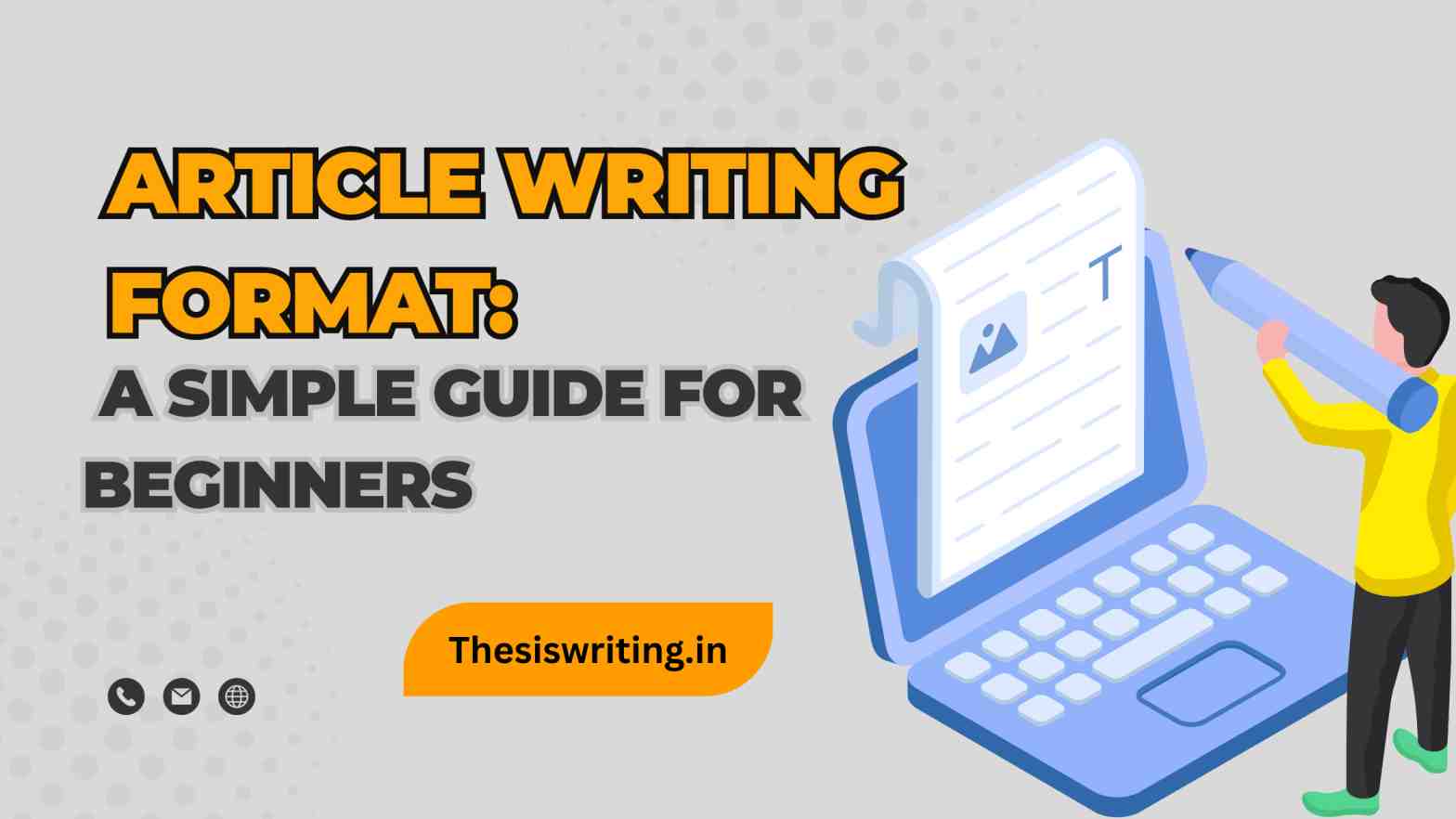


Writing articles format is an essential skill, whether you’re a student, a professional, or a blogger.
Writing articles format is an essential skill, whether you’re a student, a professional, or a blogger. The ability to convey information clearly and engagingly is invaluable. A well-structured article not only captures the reader’s attention but also keeps them engaged until the end. Here’s an easy-to-understand guide to the standard article writing format that will help you create informative and readable articles.
The title of your article is the first thing that catches the reader’s eye. It should be short, relevant, and engaging. A good title gives readers an idea of what the article is about and encourages them to read further. Try to keep it between 5-10 words and make it specific to the content.
For example:
The introduction sets the stage for the article. A strong opening paragraph introduces the topic and provides a brief overview of what readers can expect from the article. You can also include a hook (an interesting fact, question, or quote) to grab attention.
Your introduction should:
Example: “In today’s fast-paced world, effective writing has become a crucial skill. Whether you’re crafting an email, writing an essay, or preparing a blog post, good writing can make a difference. This article will walk you through the essential elements of article writing, so you can improve your writing skills effortlessly.”
The body is where the main points of your article are discussed. To maintain clarity and coherence, break down your content into short paragraphs or sections with subheadings. Each paragraph or section should focus on a single point.
Use the following structure for the body:
Here’s an example of how to structure the body:
Subheading 1: Plan Your Content
Before you begin writing, it’s crucial to have a clear plan. Start by brainstorming the key points you want to include in your article. Organize these points logically, so the article flows smoothly. Having a basic outline ensures that your article remains focused and on-topic.
Subheading 2: Use Simple Language
One of the most important aspects of article writing is the use of simple and easy-to-understand language. Avoid jargon and technical terms that might confuse your readers. Remember, your goal is to communicate effectively, so use words that your target audience can easily understand.
The conclusion wraps up your article by summarizing the key points or providing a call to action (something you want the reader to do next). It should be short and to the point, usually no more than a few sentences.
Your conclusion could:
Example: “In conclusion, article writing is a valuable skill that can be easily mastered with practice. By following a clear structure—starting with a compelling title, moving through a well-organized body, and ending with a concise conclusion—you can write articles that are both informative and engaging. Start practicing today and watch your writing improve.”
To make your article even more effective, here are a few additional tips:
Writing an article doesn’t have to be complicated. By following a clear format—title, introduction, body, and conclusion—you can create articles that are easy to read and understand. Stick to the basics, keep your language simple, and always focus on delivering value to your readers. The more you practice, the better your articles will become!
